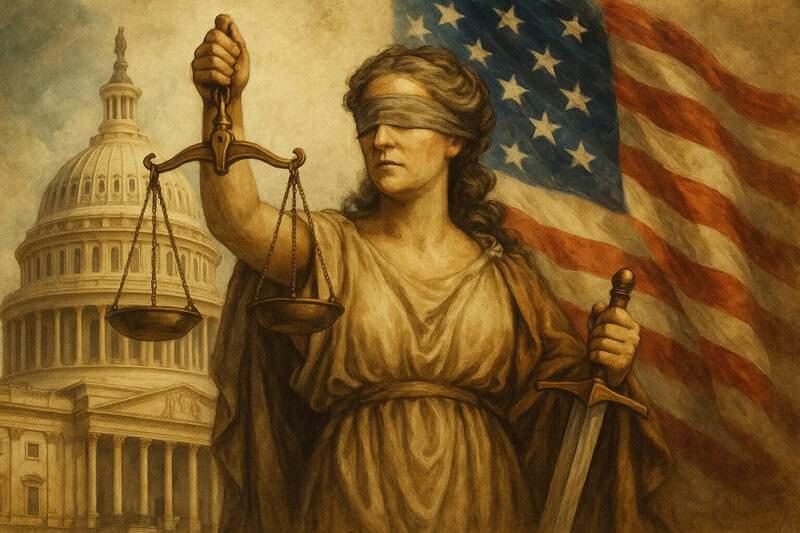19. The Great Wall of China Is Visible from Space

Although not an American historical event, the belief that the Great Wall of China is visible from space is a myth often repeated in American classrooms. In reality, the wall is not visible to the naked eye from low Earth orbit or the moon. This misconception likely originated in American literature and media during the early 20th century. Astronauts have confirmed that, unaided, the wall blends into its surroundings, debunking this persistent and distinctly American myth.



















